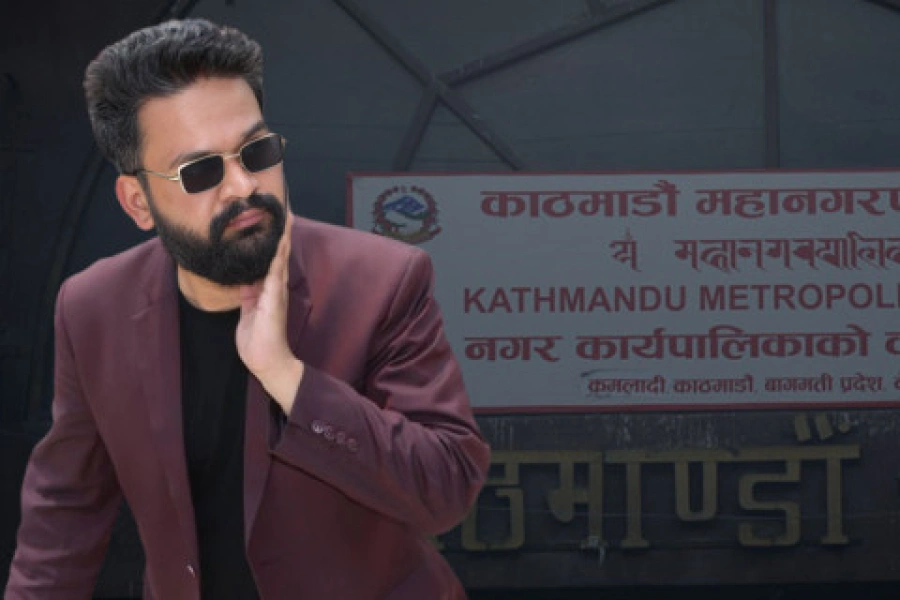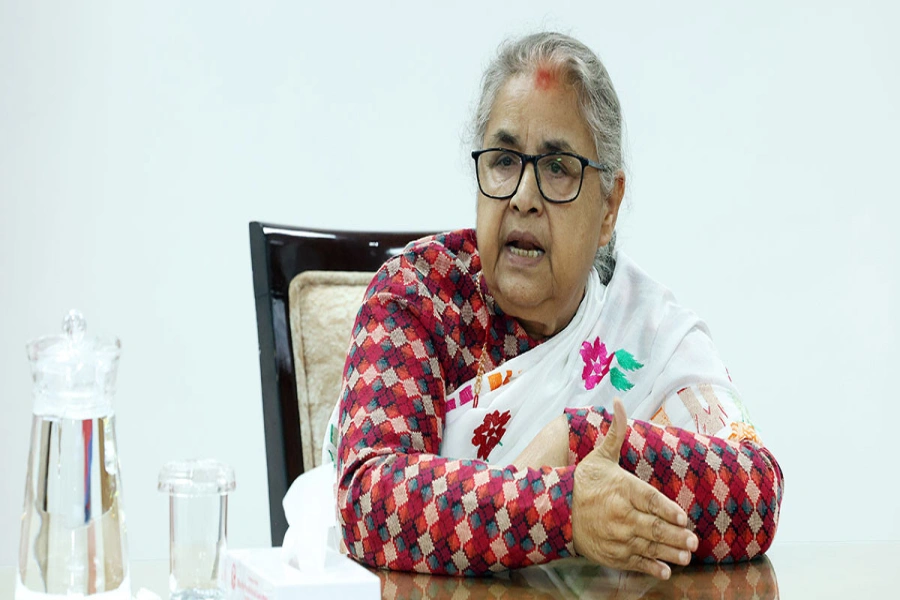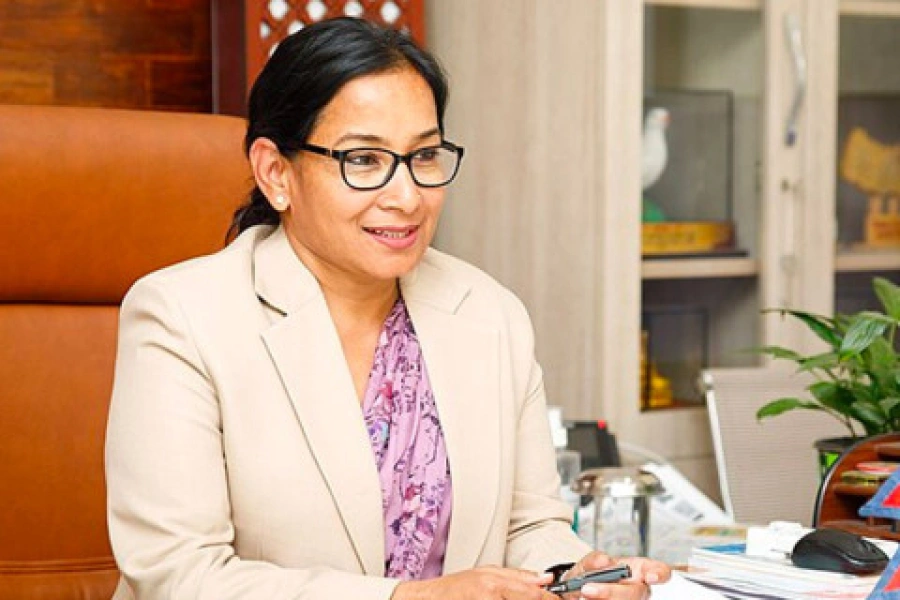First it was only in hot and humid regions of the plains. So Kathmandu did not feel the heat of the attack. Then it was reported from Dharan, a hill town in eastern Nepal. Kathmandu was alarmed but did not do much to nip the problem in the bud. Now it’s here, in Kathmandu, the capital city. A person has already succumbed to it. A minister is hospitalized and there is panic in the air. All because of a threatening disease. Dengue. Authorities in Kathmandu and across the country need to be alarmed now because dengue has come to our doorsteps. It has claimed a life in Kathmandu, many patients have been diagnosed with it and are undergoing treatment in various hospitals. Agriculture and Livestock Development Minister Chakrapani Khanal has been diagnosed with dengue and is under medication. On Thursday, Ram Bahadur Danuwar, 60, a local of Sindhupalchok, died of dengue in a Kathmandu hospital. Official data says estimated 2,559 people across the country are receiving treatment for dengue and since not all infected people visit the hospital for treatment, the number of dengue victims may be much higher than this figure, according to the officials.
Dengue kills three people in Gandaki in three weeks

The government has not been effective enough in mobilizing resources and expertise to control dengue outbreak. Health Minister Upendra Yadav has not been able to reassure the people that they will be safe. He should have told the people at this hour of panic that the government will leave no stone unturned to control dengue outbreak. Conversely, while dengue is nearing epidemic proportions, Minister Yadav is in a foreign trip. He should have been working in war-footing with health officials and other stakeholders to ensure that not a single citizen loses his/her life due to lack of any logistical needs in hospitals, for the situation has already become serious and if the health authorities fail to take immediate measures to combat it, the disease might spiral out of control. As things stand, the number of dengue-infected people is increasing and hospitals in Kathmandu have started to receive large number of patients—Shukraraj Tropical and Infectious Disease Hospital alone is receiving as many as 250 dengue patients per day. Sadly, our hospitals, mostly public ones, do not have adequate equipment and tools and trained human resources to deal with ever rising number of patients. Business as usual could prove to be suicidal in the days to come for the health experts have warned next two months could be congenial for spread of dengue mosquitoes.
The World Health Organization has listed dengue among the 10 threats to global health. According to WHO, 40 percent of world population is at risk of dengue fever, and there are around 390 million infections every year. Needless to say, various factors, including the climate change, are responsible for fast spreading dengue. Thus in longer run, Nepal will have to find better ways to fight this disease. For the moment, however, the government needs to mobilize resources and direct the provincial and local governments to take all the possible measures to destroy dengue mosquitoes. Ministry of Health can issue public notice regarding the prevention measures the people can take to keep dengue at bay and disseminate it through all media platforms. It would be irresponsible of the government to remain in business as usual mode when rising number of people are getting infected and some are even dying. Ministry of Health, do something.





































